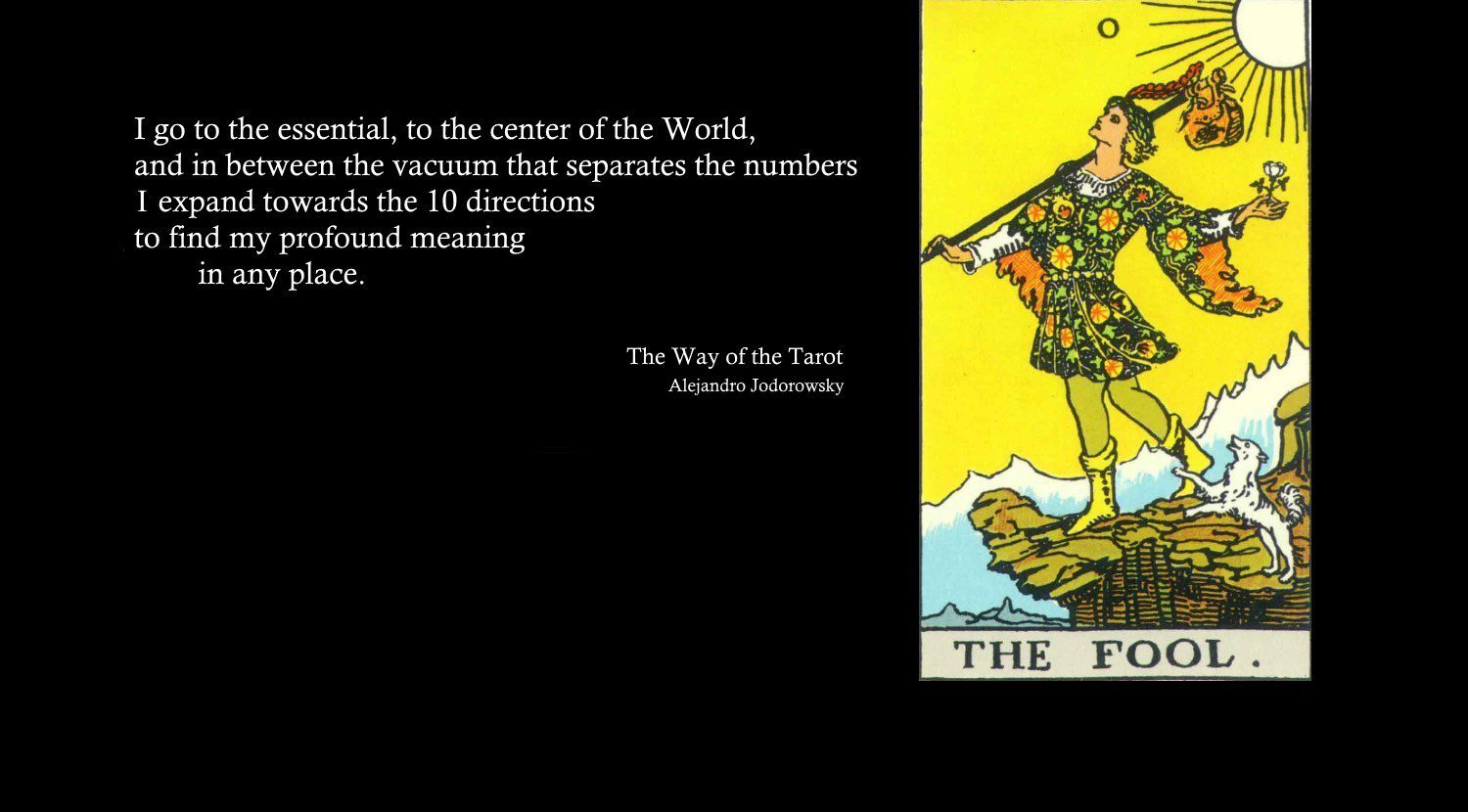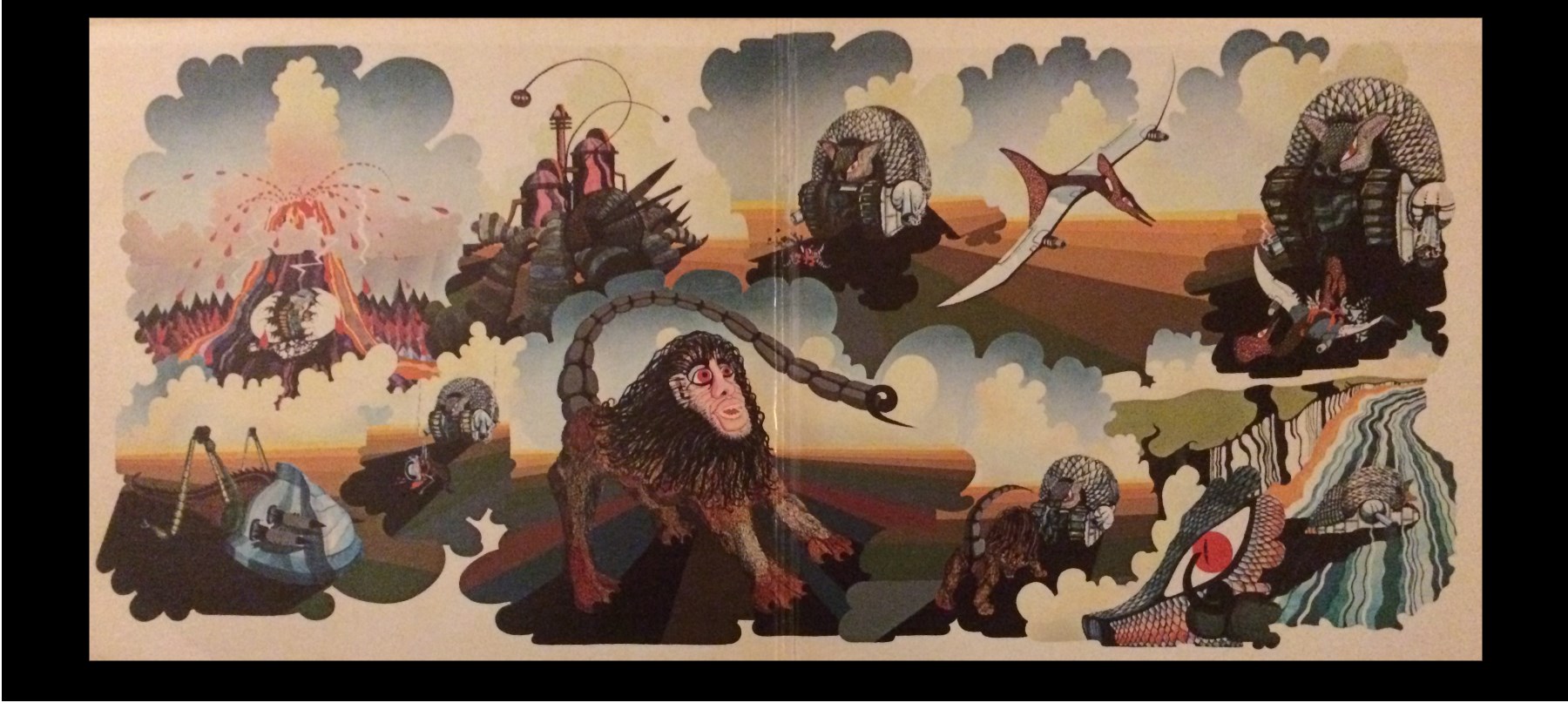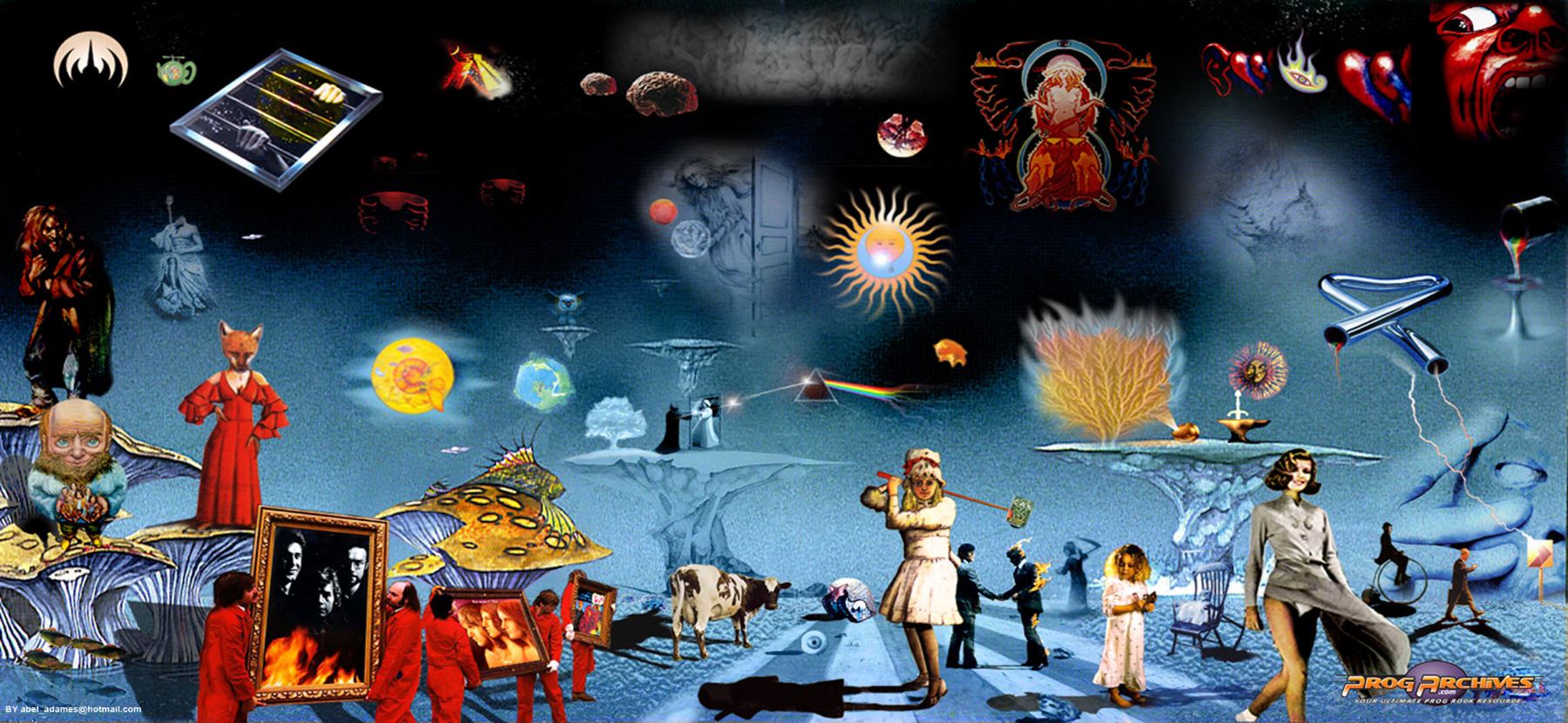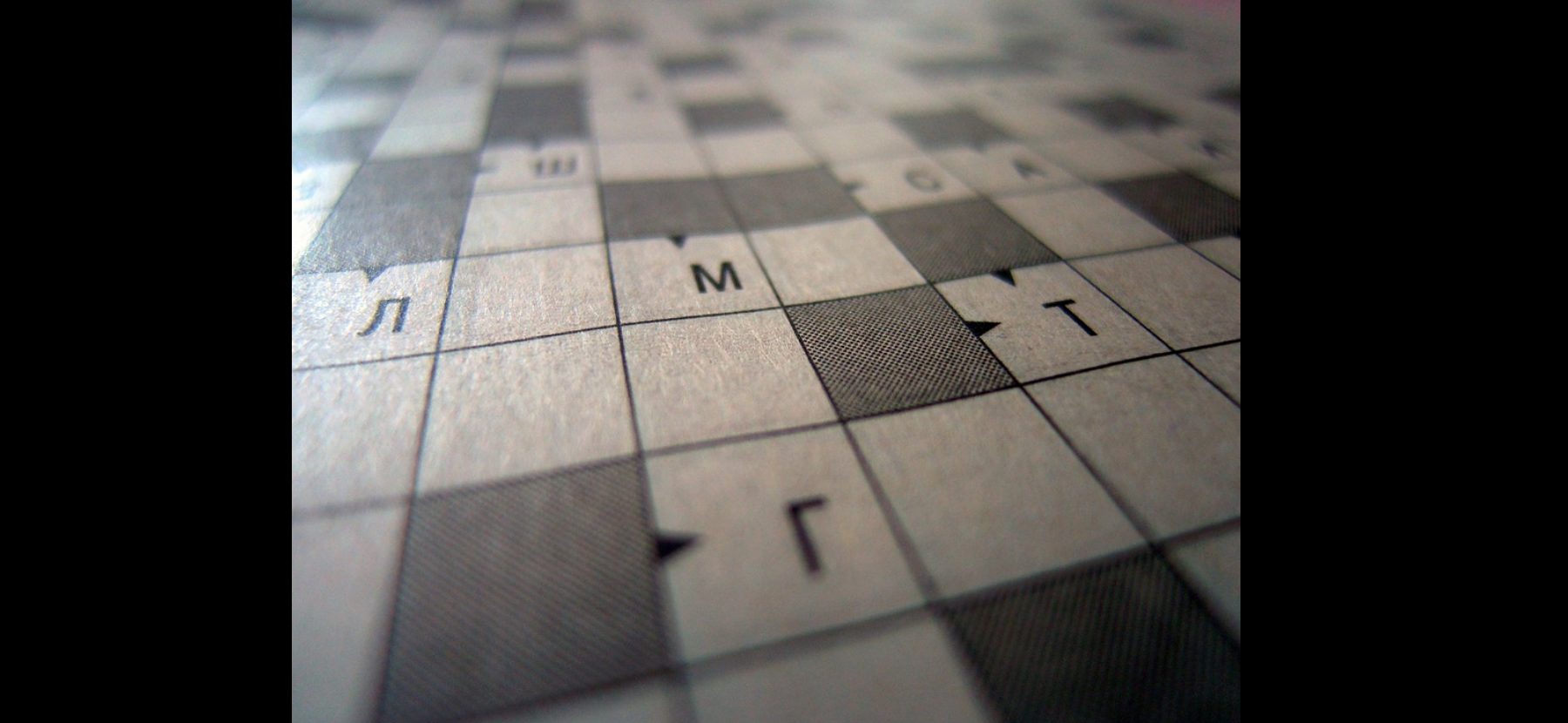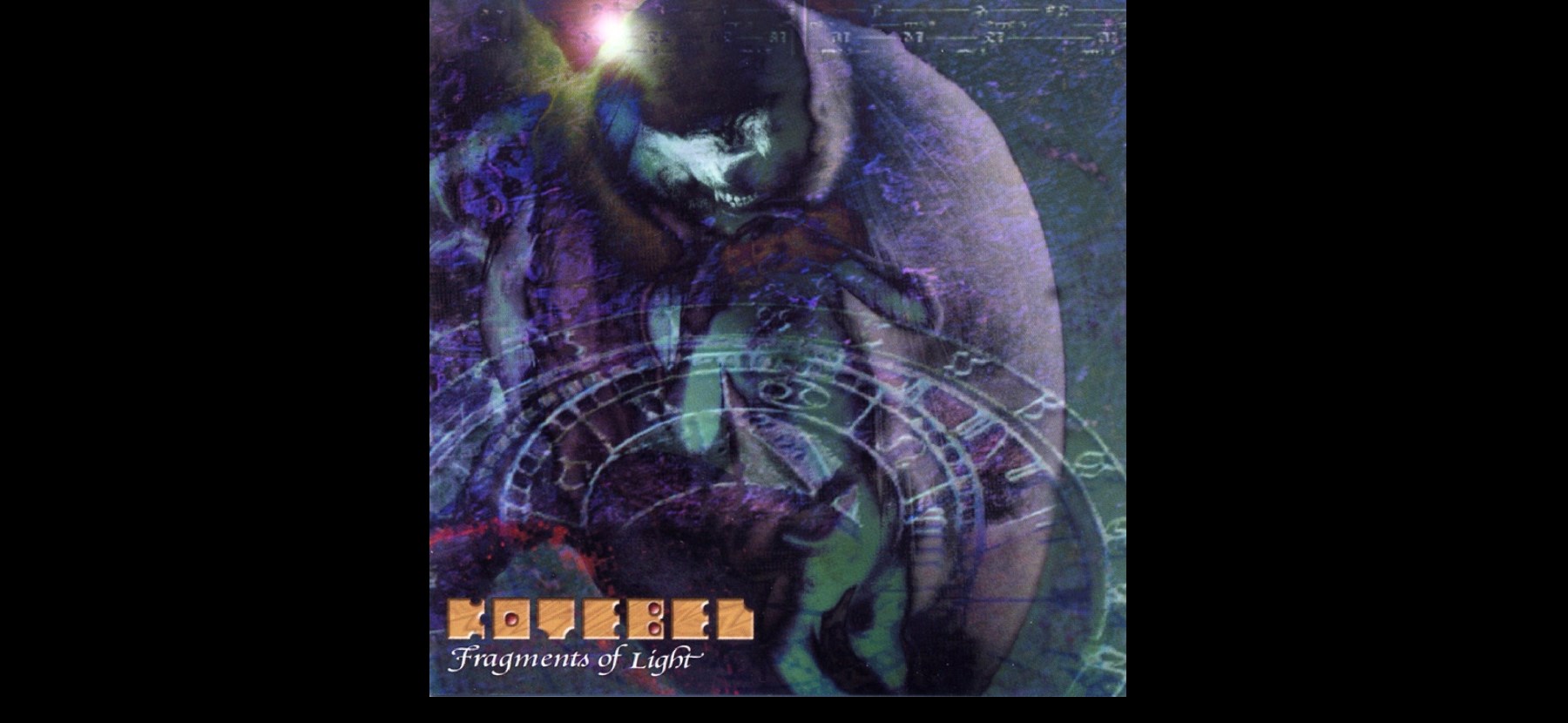This is the first of the 22 Tarot arcana that I intend to put music to. Although its name suggests the card is representing foolishness or craziness, the meaning is much more profound. This arcana represents freedom. The Spirit in pure state, not bound by rules or conventionalisms. So, the arcane represents well attributes like originality, genius, eccentricity. To walk away from convencional rules and look for more transcendental values.
The free nature of the arcana is represented in the music by improvisatory passages wonderfully executed by Omar Acosta (flute) and César G. Forero (electric guitar). Since the arcana also represents eccentricity, there is a bit of craziness at the beginning and ending of the piece. Also, the improvisatory sections are nested by more reflexive passages, based on non improvised music. These passages at the beginning and end of the piece represent the fact that “The Fool” is one of the most spiritual cards in the Tarot.
Check out the excerpt:

